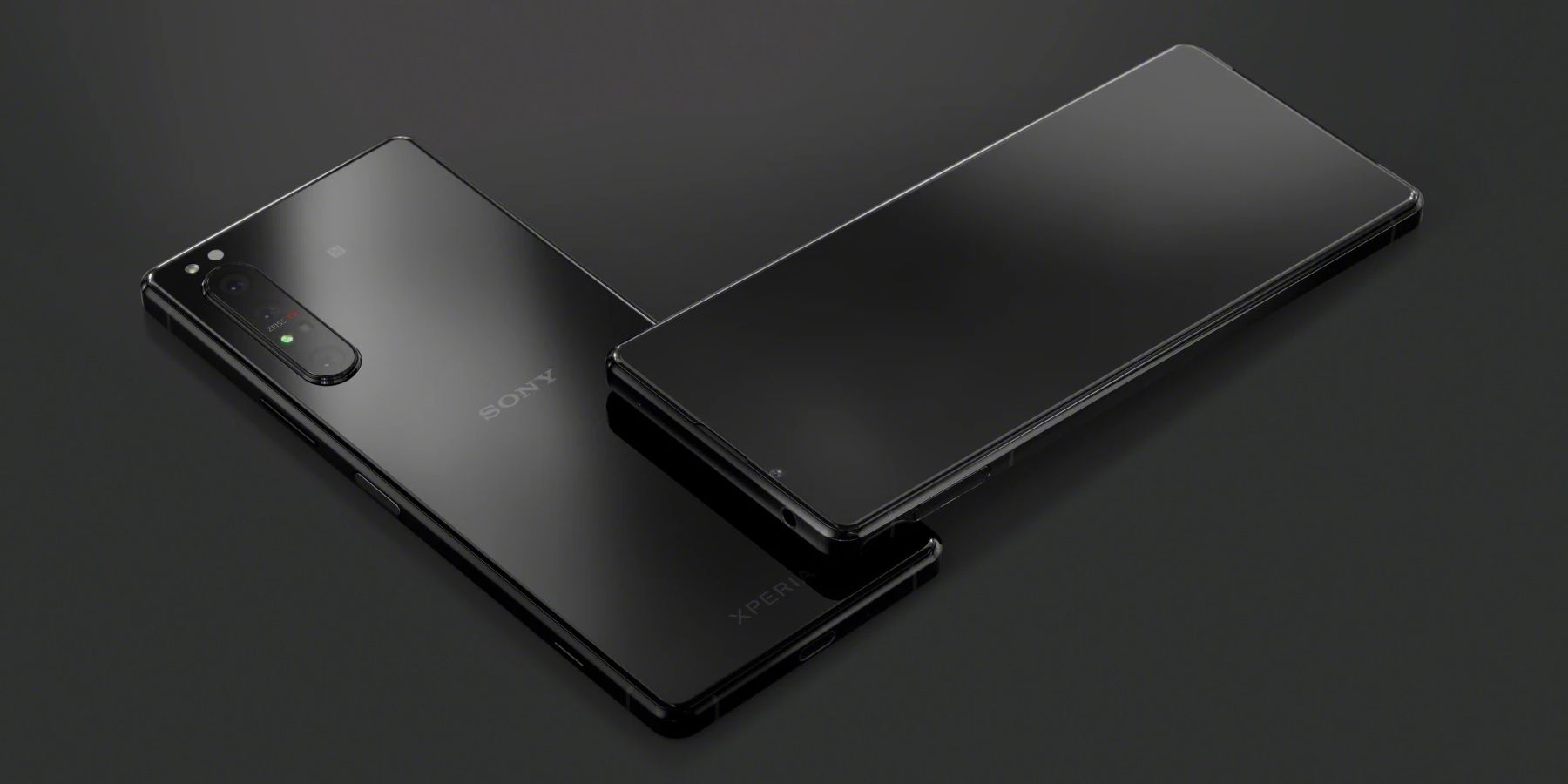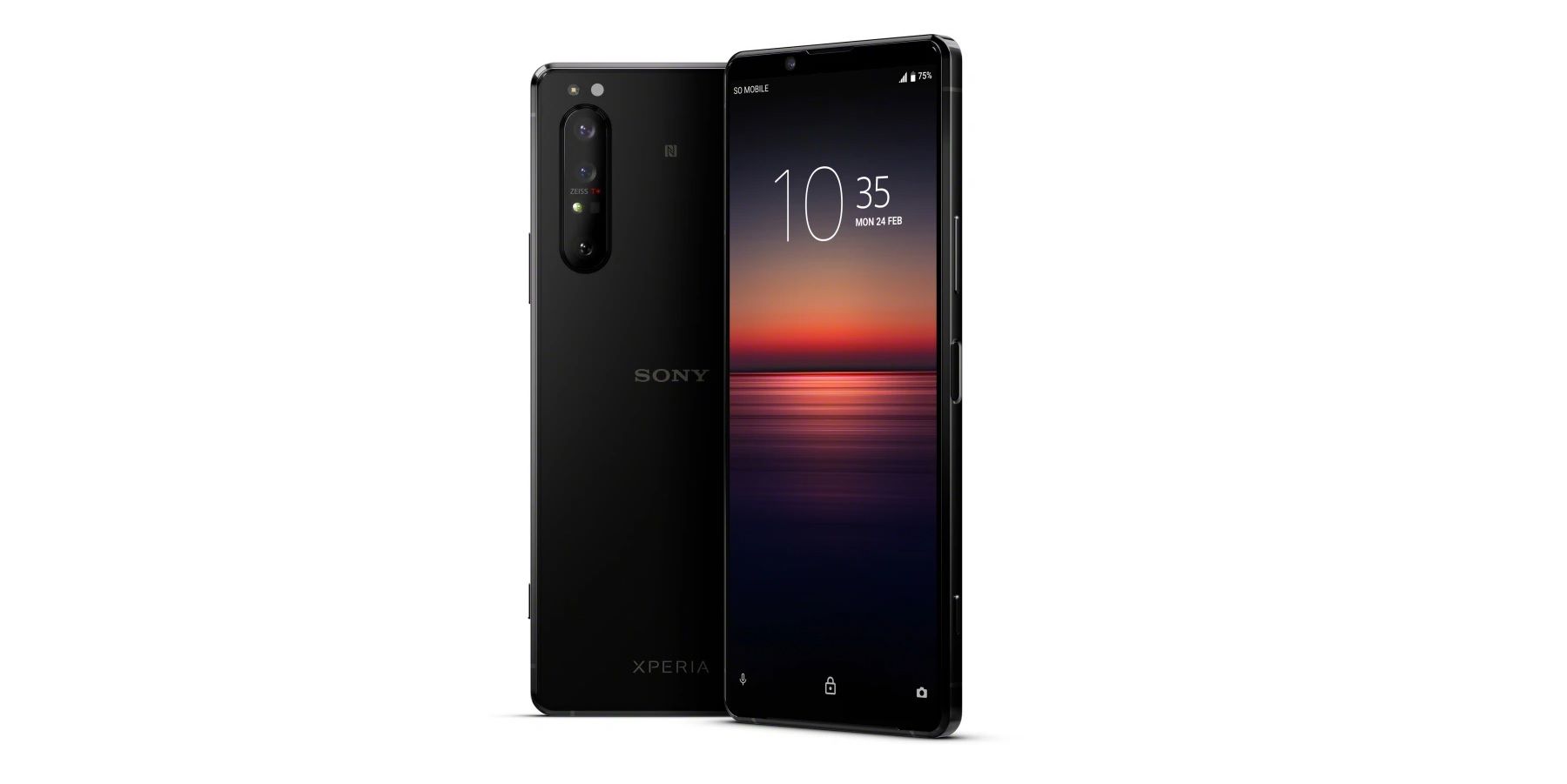Sony has now announced its latest flagship smartphone, the Xperia 1 II. However, it remains to be seen if it will help the company gain any more market share, and in many ways, the latest smartphone is a perfect example of many of the problems facing Sony Mobile.
Every year Sony Mobile releases a new smartphone. While that’s not unusual considering every other phone-maker does the same, Sony has continually fallen out of contention outside of its home market. In spite of this, Sony seems intent on not actually doing much to change the situation and instead just continues to release another smartphone each year, as if nothing is wrong. That appears to be exactly what has happened once again with the Xperia 1 II.
In spite of MWC 2020 having been cancelled, Sony Mobile made its announcements this week as scheduled and one of them was for the Xperia 1 II. According to the press release, the “Mark two” is a smartphone that comes with a focus on camera abilities thanks to its triple camera array and 3D iToF sensor. Although its big selling point appears to be its positioning as the world's first phone capable of “up to 20 fps continuous shooting.” Other major points to note include a 21:9 aspect ratio 6.5-inch 4K HDR OLED display, the inclusion of a Snapdragon 865 SoC, and 5G support. On paper, it doesn’t sound like a bad phone, but that's half the problem.
Sony's New Phone Is More Predictable Than Noteworthy
Sony phones coming with a fairly decent display or camera experience is nothing new. After all, these are both areas the company excels in, and often even becomes the supplier to other phone-makers to enrich their products. Arguably, that’s an issue in itself as these features are included because they can be, not necessarily as an exclusive reason why you should buy the company's phones. If anything, they are often included as a show of force to the industry and demonstrating how Sony’s technologies have developed. For example, the display is one that Sony specifically says is “built for exceptional gaming.” While the phone comes with support for DualShock 4 controllers, that’s largely the extent to Sony’s cross-device gaming experience. Sony is one of the leaders in console gaming and why this phone is not a gaming phone (instead of just the display), is strange to say the least.
Then there’s the issue of 5G. Yes, this phone comes with 5G support and it is actually Sony’s first phone to do so. Although, if you live in the US then that support is going to be a non-starter as the 5G variant won’t be arriving stateside. This is in spite of 2020 being a ‘5G year’ and every other Android smartphone-maker trying to secure their place as a go-to 5G option. To highlight this point, the European announcement from Sony very heavily points to the 5G support as one of the phone's main features and yet the US announcement doesn't mention it at all. That's not because 5G doesn't matter in the US, but due to Sony opting to remove one of the phone's main selling points before shipping to US buyers. These are just two examples of how Sony’s latest flagship smartphone fails to capitalize on the company’s abilities by either not including USP features or outright refusing to add them in certain markets. For example, the price could quite easily be highlighted as another issue that Sony has yet to overcome. Sony smartphones have never really been cheap phones, and their value often appears even lower due to the absence of features commonly found in other smartphones. While Sony has yet to confirm pricing for the the Xperia 1 II, it is almost guaranteed it will be more expensive than it should be, or the competition.
Source: PR Newswire


